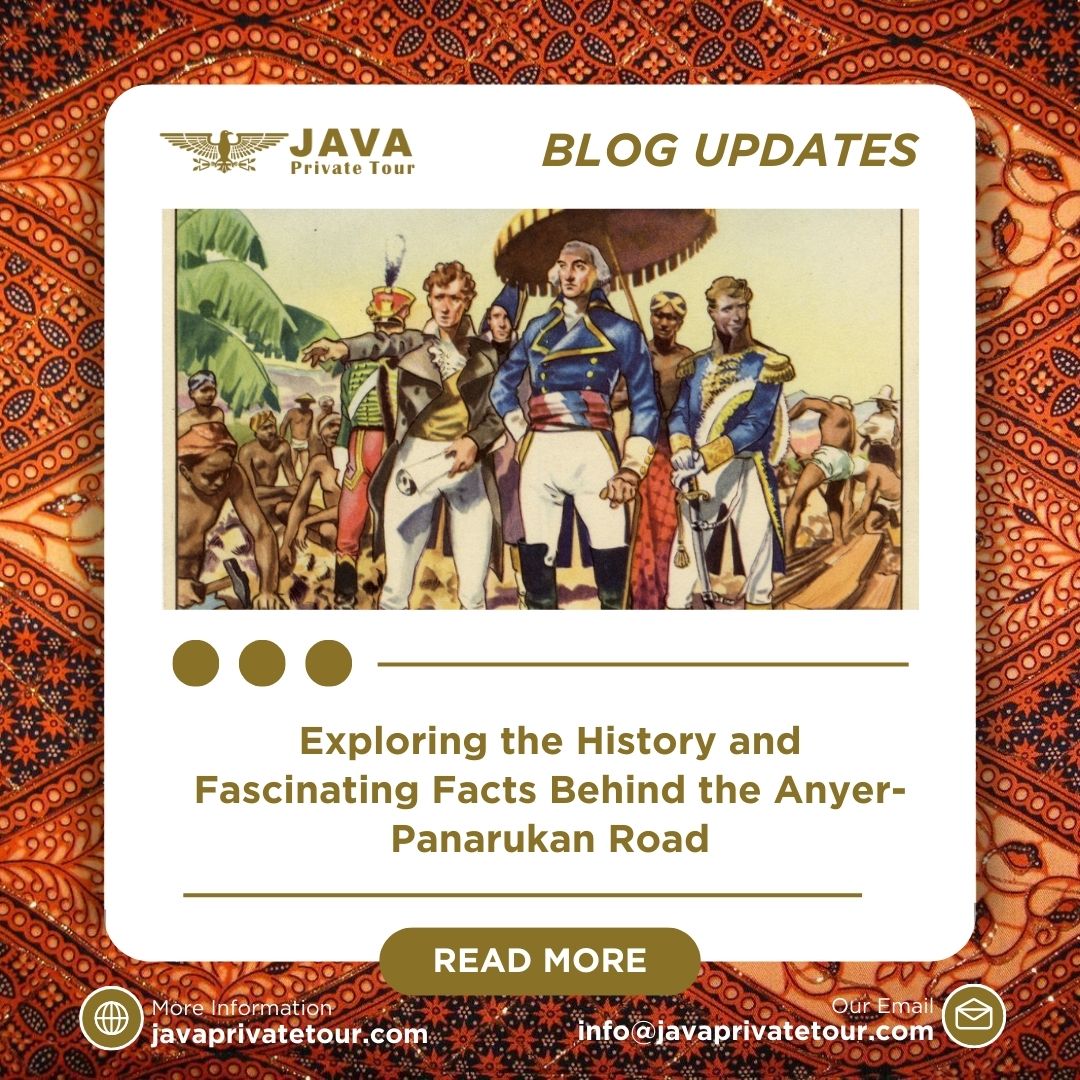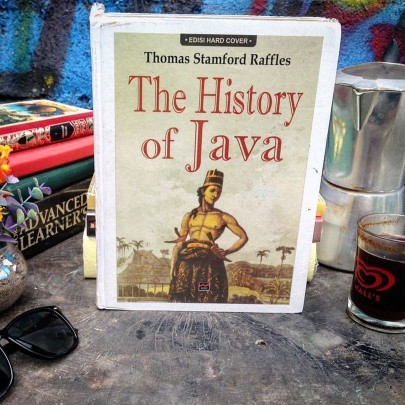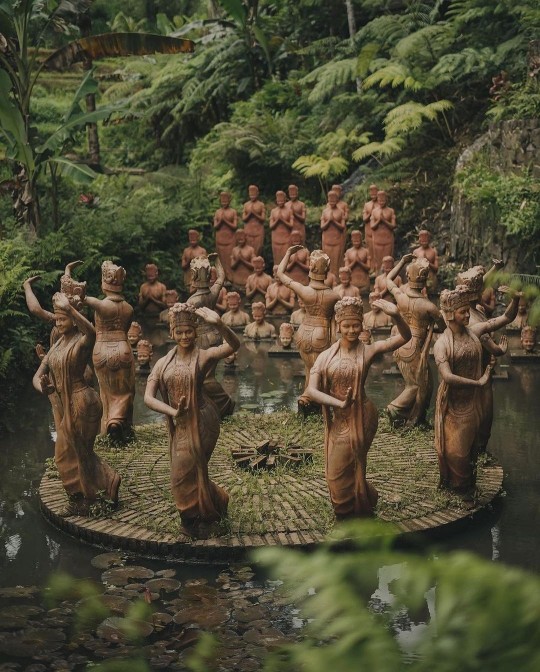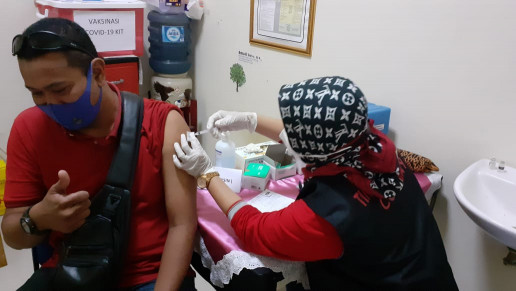javaprivatetour.com – Hey there, fellow travelers! Have you ever wondered about the winding roads that traverse the length of Java, connecting its western tip to the eastern edge? Well, hold onto your seats as we take a thrilling journey through history along the famed Anyer-Panarukan Road.
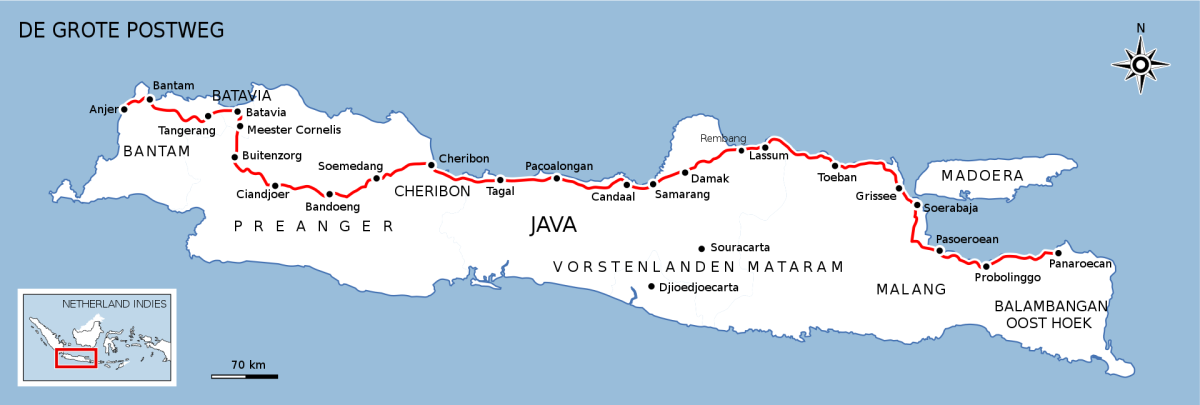
Historical Insights into the Anyer-Panarukan Road

In the colonial era, the transmission of messages in the Dutch East Indies was a significant challenge. The introduction of the messaging system dates back to the VOC period, where correspondence from the Dutch East Indies to the Netherlands was limited to official officials to maintain the secrecy of spice sources from competitors. Initially, communication relied on VOC warships sailing to various islands, and there was no organized system.
The first post office was established on August 26, 1746, in Batavia by the 26th Governor-General, Gustaaf Willem van Imhoff, to ensure the security of residents’ letters, especially for traders operating outside Java and those traveling to and from the Netherlands. Four years later, the Semarang post office was established, using a route that passed through Karawang, Cirebon, and Pekalongan. Land transportation existed by around 1750, with a road connecting Batavia to Semarang and onwards to Surabaya. However, heavy tropical rains often destroyed the roads.

In January 1807, Daendels was appointed Governor-General of the Dutch East Indies by Louis Bonaparte, Napoleon Bonaparte’s brother, who was appointed king of the Netherlands during the Napoleonic Wars. Concerned about Java’s future, especially after Isle de France (now Mauritius) was attacked by the British in 1807, Louis gave Daendels two main tasks in the form of instructions: to defend Java from British attacks and to reform his government’s administrative system. Similar instructions were also received from Napoleon Bonaparte when they met in Paris, shortly before going to Java.
Daendels’ choice to build the Postal Road may have been inspired by the cursus publicus, the Roman Imperial postal road system that connected Rome to its conquered cities. Daendels desired to implement a similar concept by connecting Batavia to various regions in Java via the Postal Road. Another source suggests that his idea to build a road may have been influenced by his journey to Java. At that time, the British controlled the seas and blockaded France from accessing the oceans, forcing Daendels to travel through France overland via roads built by Napoleon. The effort to build this road was based on one of Louis’ instructions, which required Daendels to consider the most suitable means of transportation designed through agreements with regents, which could improve the fate of the natives of the Dutch East Indies.
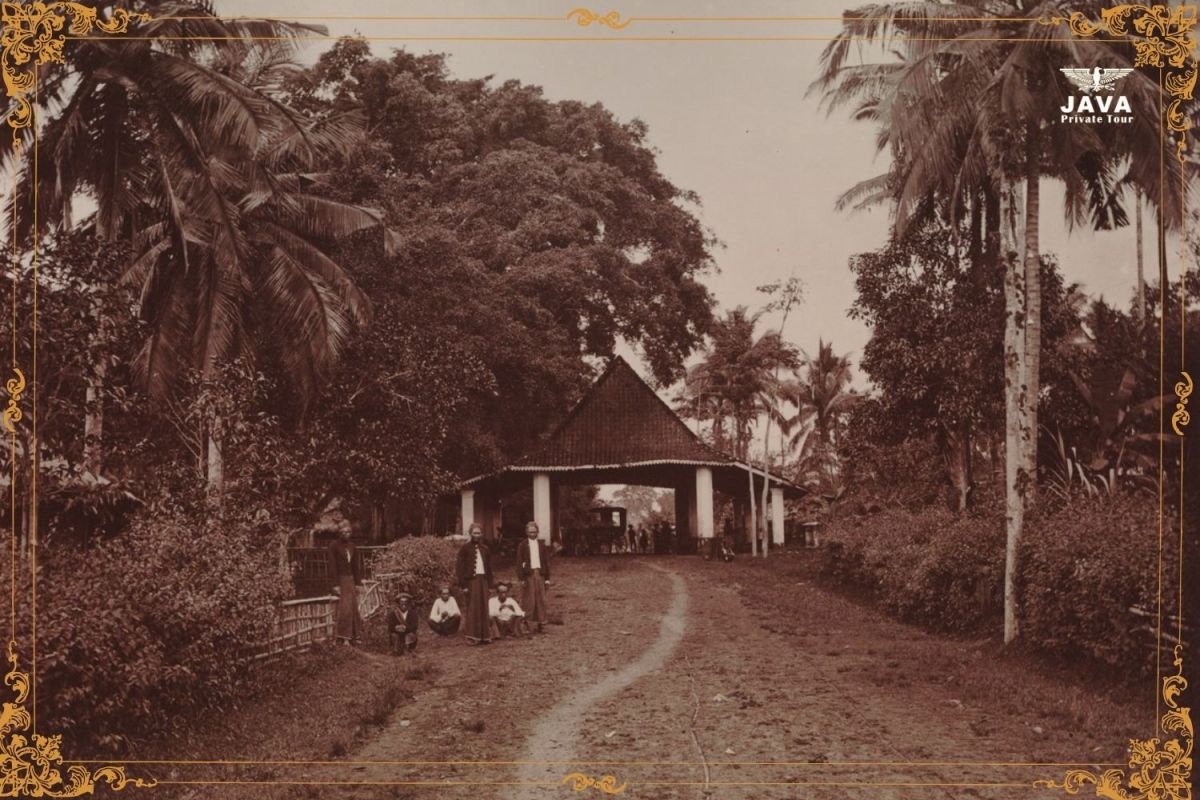
Initially intended for postal and military needs, it was opened to the public in 1857. The road was named after the 50 post offices Daendels built between Batavia and Surabaya to expedite communication. The presence of the Postal Road marked the beginning of a modern, integrated Java, replacing major rivers as the main economic routes.
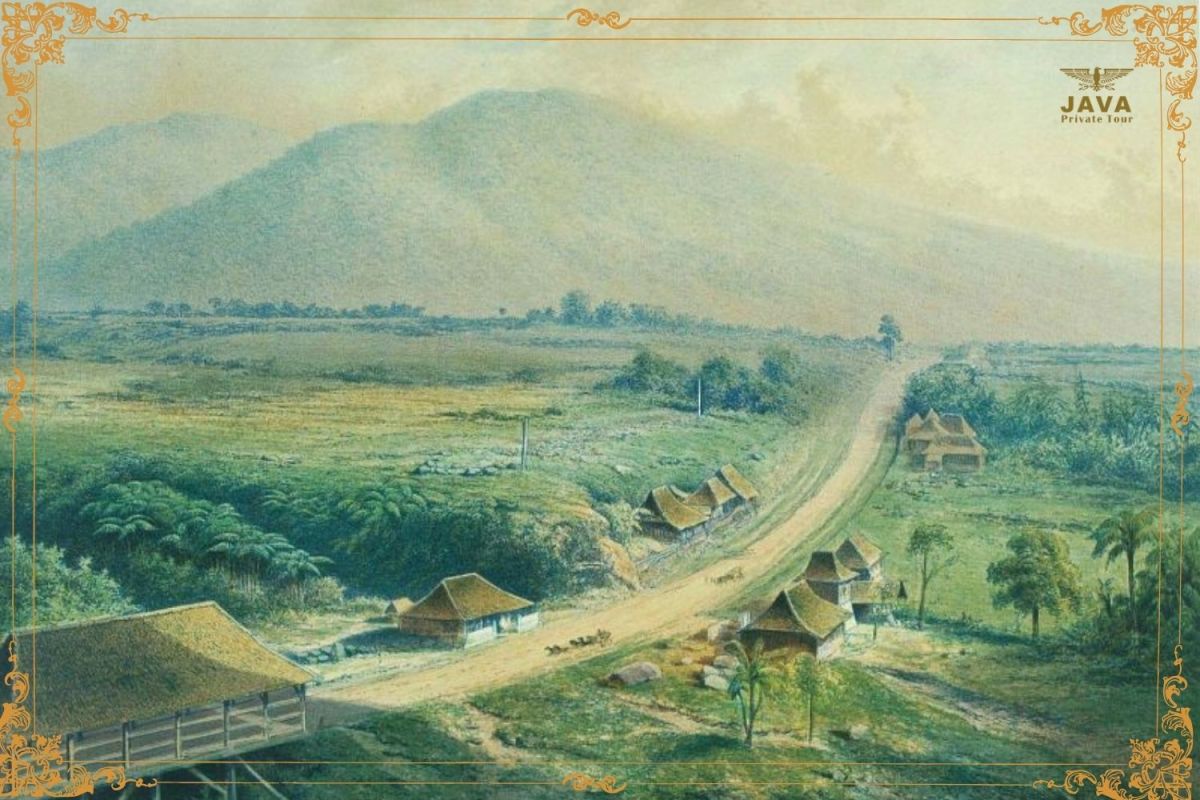
The Construction and Controversy
Daendels didn’t have it easy. Tasked with defending Java and reforming its administrative system, he embarked on the monumental task of building the Anyer-Panarukan Road from scratch. The project wasn’t without its controversies, as it involved forced labor, commonly known as the ‘cultuurstelsel’ or the cultuurstelsel system. Under this system, workers were compelled to toil without proper compensation, leading to numerous hardships and even loss of lives.
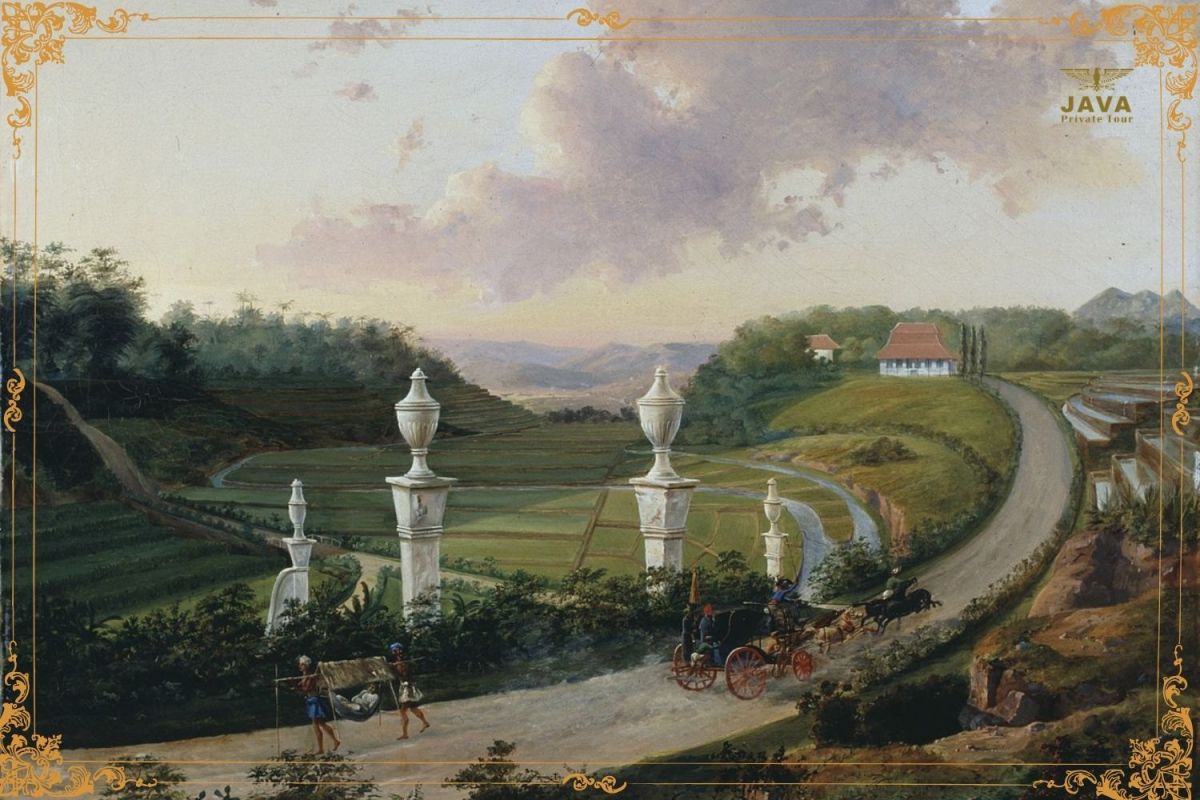
Interesting Facts About the Construction of Anyer Panarukan Road
The process of constructing this transregional road holds astonishing and intriguing facts:
1. Construction with Wage Labor
Many believe that the workers involved in building the Anyer-Panarukan Road were forced laborers who were not paid for their work, leading to numerous casualties. However, renowned author Pramoedya Ananta Toer stated that Daendels decided to construct the road based on wage labor. The Director-General of Finance, Van Ijsseldijk, allocated funds for the workers and supervisors, as well as for their consumption and equipment. The payment system involved the government providing funds to prefects or officials equivalent to residents. These funds were then handed over to regents. While there is evidence of payments from the government to regents, there is no evidence of payments from regents to the workers, or it may exist but has not been discovered yet.
2. Regulations of the Postal Road
After the completion of the Anyer-Panarukan Road, Daendels issued three regulations:
- The first regulation concerned the use of the road, postal services, management, accommodations, and everything related to postal services.
- The second regulation focused on the improvement of the postal road, the regulation of postal carriers, and their carts.
- The third regulation addressed the use of buffalo carts for transporting goods owned by private individuals or the government.
3. Other Interesting Facts Behind Anyer – Panarukan Road
- Built in a short time, only 3 years, with the mobilization of forced labor reaching 12,000 people.
- Has many names, such as Daendels Road, Jalan Raya Pos, and De Groote Postweg.
- Became an important route for military and economic movement during the colonial period.
- Currently, this road is part of National Road Route 1 and 3, connecting various major cities in Java.

The Legacy of Anyer-Panarukan Road
Despite its contentious beginnings, the Anyer-Panarukan Road stands today as a testament to Java’s rich history and the resilience of its people. Stretching across mountains, forests, and coastlines, this road played a pivotal role in modernizing Java and stimulating economic growth during the 19th century. It facilitated trade between major cities and opened up new markets, laying the groundwork for the region’s development.
Explore Anyer-Panarukan Road with Java Private Tour
For those of you who want to explore the historical trail along the Anyer-Panarukan Road, Java Private Tour is the right choice. We offer various tour packages that can be customized to your needs and interests.
Java Private Tour isn’t just about sightseeing; we’re all about immersive experiences. That’s why we’re thrilled to announce our special Road Trip program, tracing the historic Anyer-Panarukan Road from end to end.
Embark on a journey of a lifetime as we take you on a nostalgic ride through the heart of Java. Our Road Trip adventure follows the footsteps of Governor-General Daendels, passing through iconic cities and breathtaking landscapes.
Starting from Jakarta, the bustling capital city, we’ll make our way through Bogor’s lush greenery and Cianjur’s picturesque vistas. Next stop, Bandung, known for its vibrant culture and stunning architecture. As we traverse the scenic route towards Cadas Pangeran and Majalengka, prepare to be captivated by the beauty of Java’s countryside.
But the adventure doesn’t stop there. Our Road Trip continues onwards, reaching the historic city of Cirebon before venturing further eastward towards the enchanting landscapes of Central Java. From the majestic temples of Borobudur to the cultural hub of Yogyakarta, each stop promises a new discovery.
And finally, we’ll arrive at Surabaya, the gateway to East Java, where our journey comes to an end. But fret not, for the memories we’ve created along the way will last a lifetime.
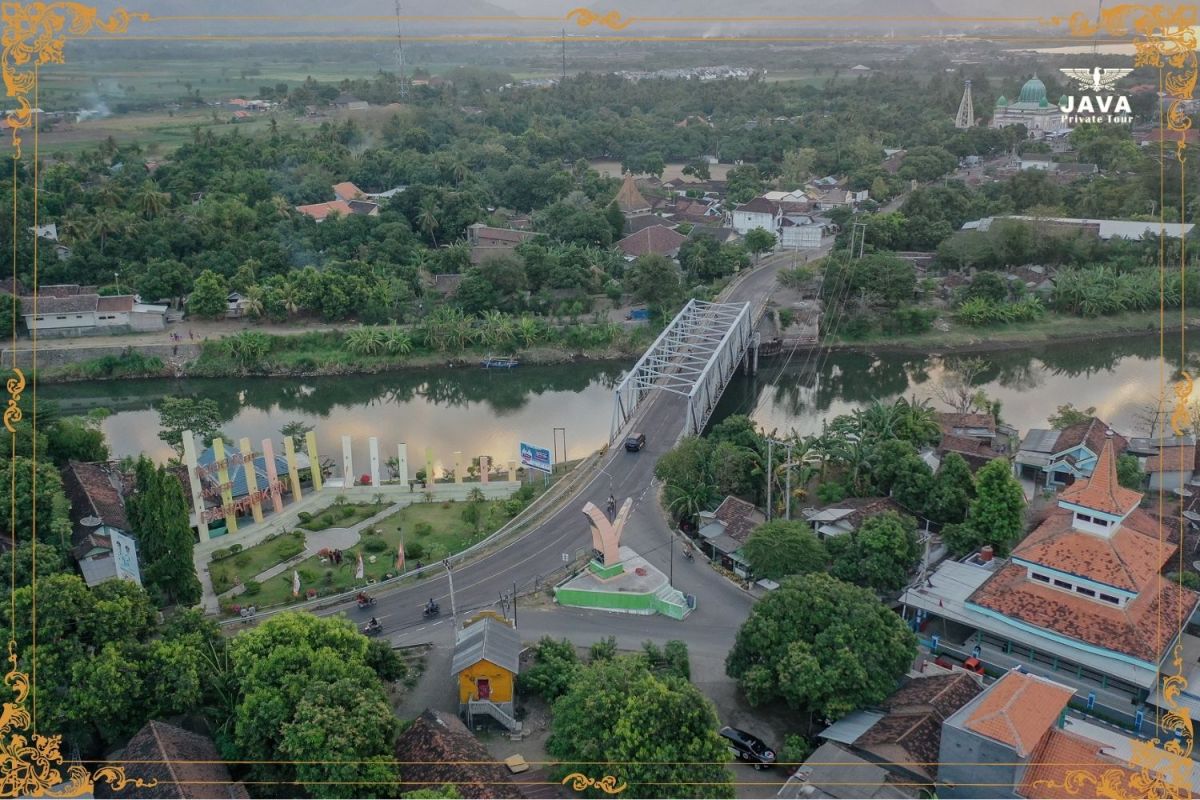
Why Choose Java Private Tour?
Now, you might be wondering how to explore this historical marvel yourself. That’s where Java Private Tour comes in! With our team of knowledgeable and friendly local guides, we offer tailor-made experiences that cater to your interests and preferences. Whether you’re a history buff, an adventure seeker, or simply looking to soak in the sights and sounds of Java, we’ve got you covered.
But that’s not all! At Java Private Tour, we understand the importance of flexibility. That’s why we’re not just about rigid schedules but rather adapting to your needs and desires. Plus, with our fleet of private vehicles ranging from sedans to buses, getting around has never been easier.
Don’t just take our word for it. Java Private Tour comes highly recommended by foreign embassies and satisfied travelers from around the globe. So, why settle for ordinary when you can experience the extraordinary with Java Private Tour?
Conclusion
So there you have it, folks! The Anyer-Panarukan Road is not just a route; it’s a journey through time, filled with tales of triumph and transformation. And with Java Private Tour by your side, you can embark on your own adventure, uncovering the secrets of Java’s past while creating memories to last a lifetime. BOOK HERE TODAY and let the exploration begin!
You May Also Like
 Discovering the Enchanting Tapestry of Java: Unraveling Its Fascinating History
Discovering the Enchanting Tapestry of Java: Unraveling Its Fascinating History
 Exploring the Rich History of Java at History of Java Museum
Exploring the Rich History of Java at History of Java Museum
 Java’s Artistic Odyssey, The Fascinating World of Lengger Lanang
Java’s Artistic Odyssey, The Fascinating World of Lengger Lanang
 Exploring the Rich History of Belanda Depok (Dutch Depok) : A Hidden Gem in Java
Exploring the Rich History of Belanda Depok (Dutch Depok) : A Hidden Gem in Java
 Exploring the Rich Tapestry of Jakarta’s History and Future
Exploring the Rich Tapestry of Jakarta’s History and Future

